If you’re trying to fix a broken boiler, you don’t have to call in a professional right away. While some problems require the help of an expert, there are several DIY fixes that can be done quickly and easily – saving time and money. Read on for 7 simple fixes for common boiler problems. Boilers breaking down can be a nightmare – wary of calling in a professional just yet? Read this guide for 7 easy DIY fixes you can try first.
Check the pressure on your boiler
Boilers normally operate between 1 and 2 bar of pressure. Remember to switch your boiler off before you do any work on it – if the pressure is too low, there may be an issue with the filling loop, or a blockage in the expansion tank. Check all water pipes and air locks to make sure they’re all in working order, then refill the system with fresh water and re-check the boiler pressure. If this hasn’t fixed it, then it’s time to call in a professional engineer for a more complicated solution!
Clean the filters of your boiler
Sometimes, the simplest fix can make all the difference! A common cause of your boiler not working properly is blocked filters. Take out the filters and give them a thorough clean with warm water and washing up liquid. Be careful not to break or damage any of the delicate components inside the filter housing. If your vents need regularly cleaning, it could be a sign that you have installed a condenser type boiler.
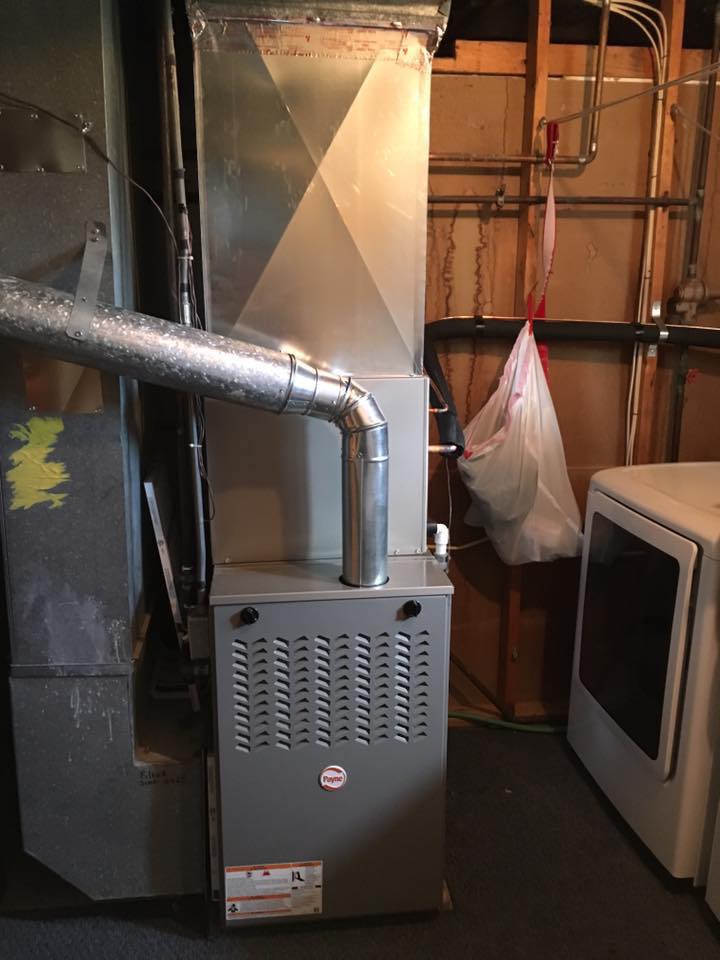
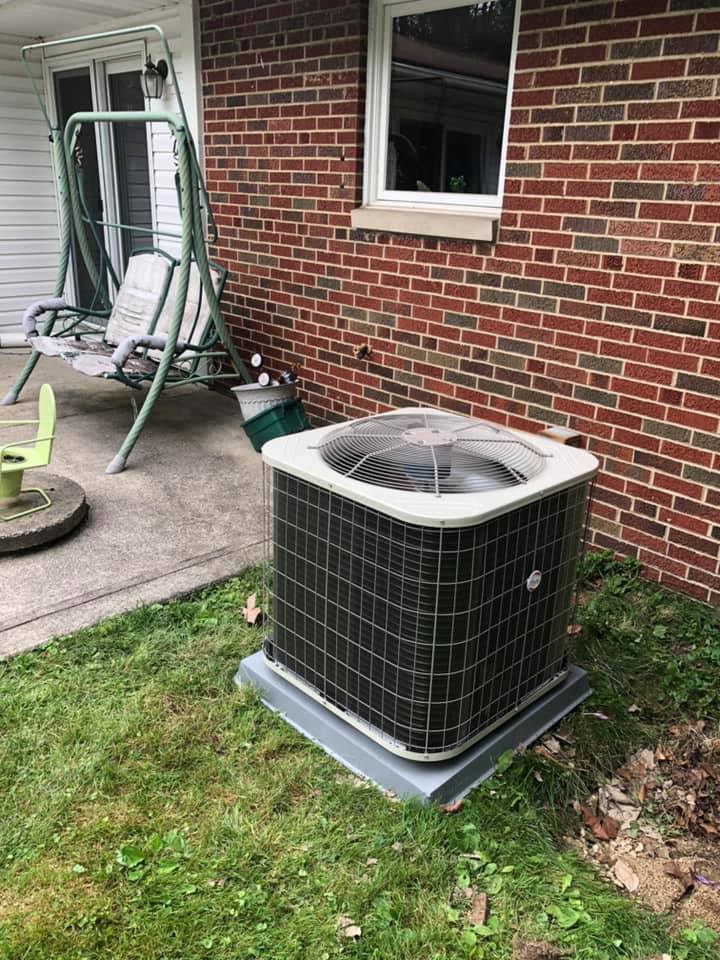
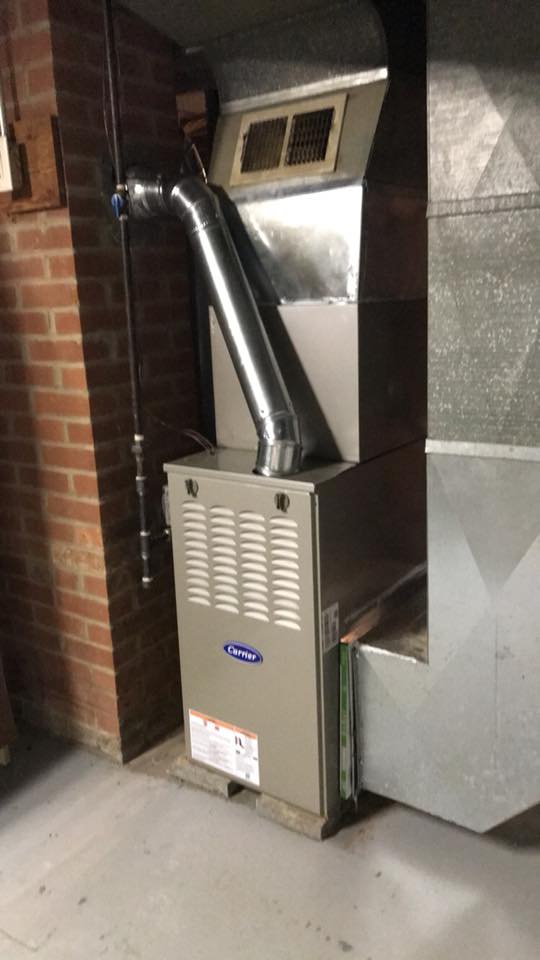
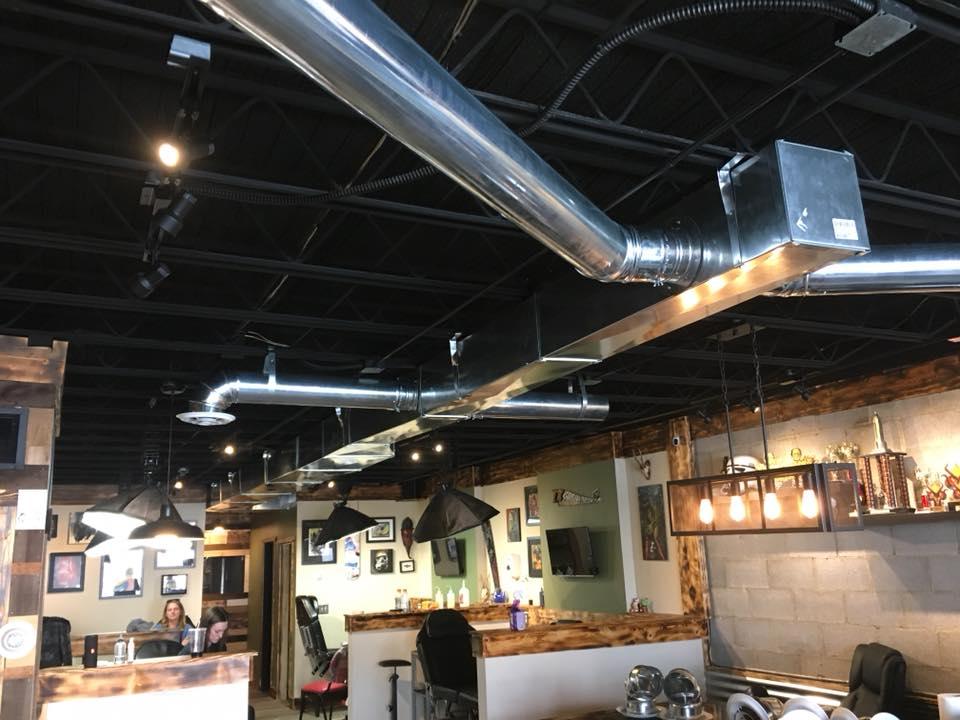
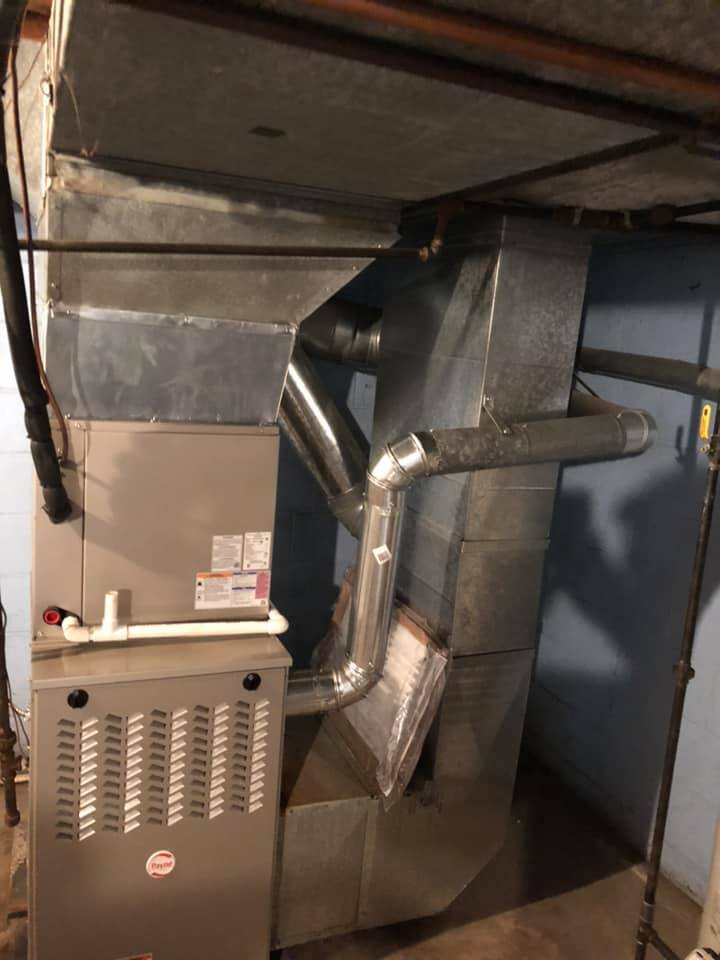
Bleed the radiators
One of the most common boiler problems is having radiators that just won’t heat up. To fix this issue, you should bleed your radiator system. Start by looking for the bleed valve, which is usually located at the top of each radiator and has a square hole on top. Undo the valve by inserting a flat-head screwdriver and turning it anti-clockwise until you hear air escaping then close the valve before any water escapes.
Consider whether to replace the pump
If you’re still having issues with radiators not heating up, your boiler pump may need to be replaced. Boiler pumps are essentially responsible for getting hot water around the house to heat up different areas and if it’s not working properly, the water won’t get around as efficiently. The best way to test this is to switch your heating on full blast, wait 10 minutes and then turn off one radiator. After another 10 minutes has passed, go back to the radiator and check if it has cooled – if it has, you know that the boiler pump isn’t working and needs replacing.
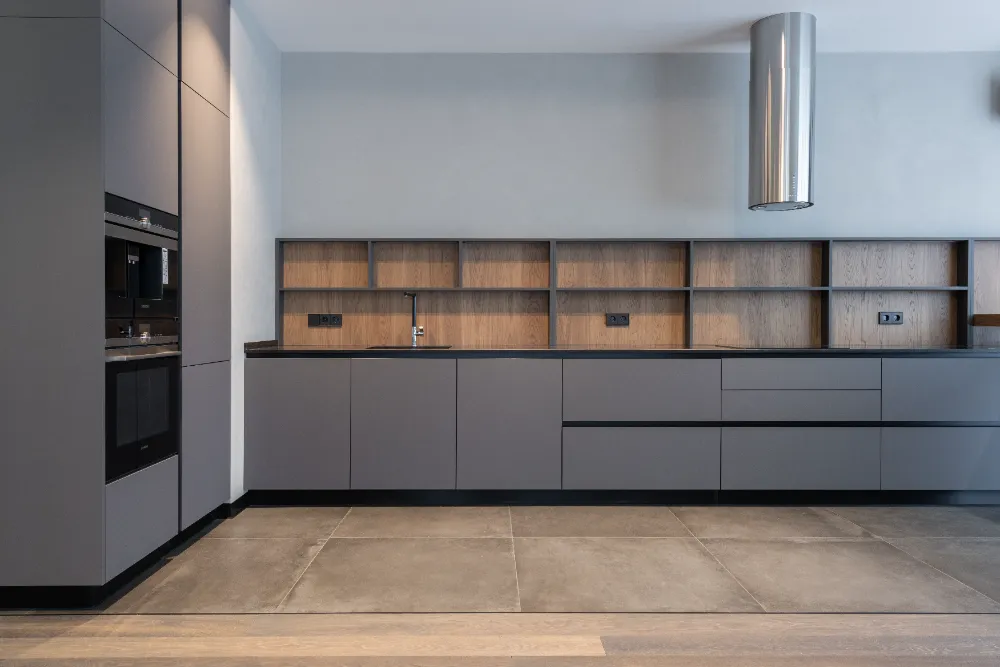
Replace a faulty pressure relief valve
The pressure relief valve is designed to let out a little bit of hot water if the pressure inside your boiler gets too high. If the valve is broken, it can cause all sorts of problems by not allowing this excess pressure to escape. To replace it, you’ll need to turn off your boiler and find the valves on either side of it – unscrew them both using a flathead screwdriver or suitable spanner and gently pull out the old valve. Once you have the new valve in place, carefully screw one half back in and make sure that everything is tight before turning your boiler back on again.
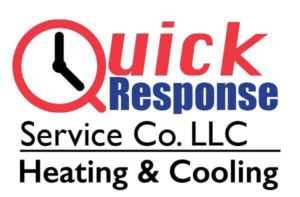
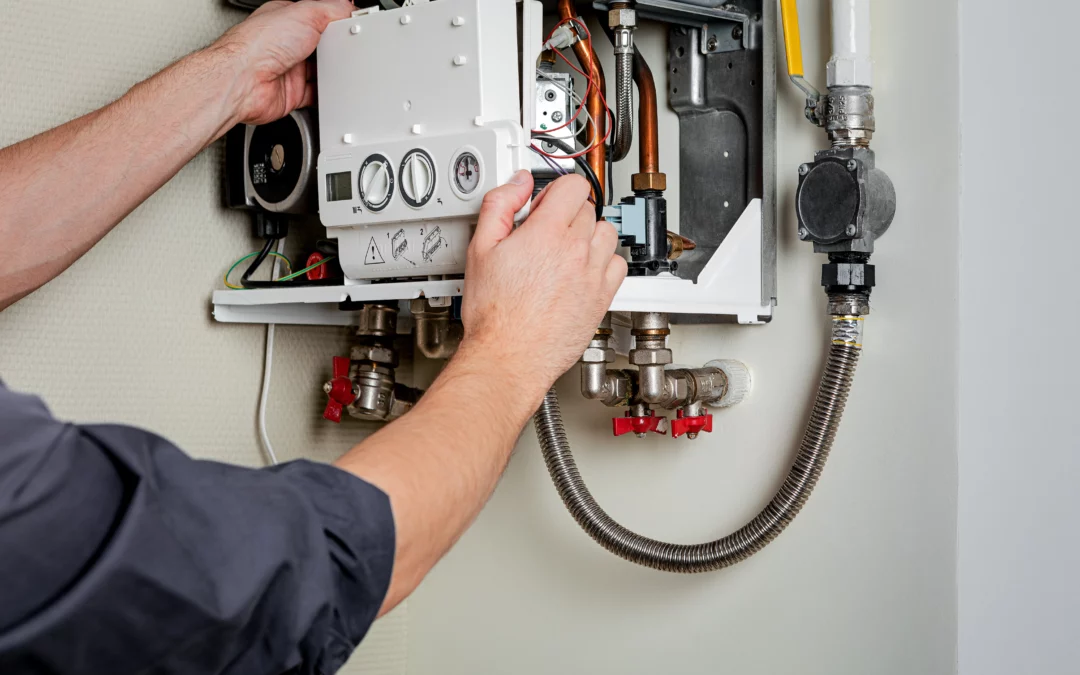
Recent Comments